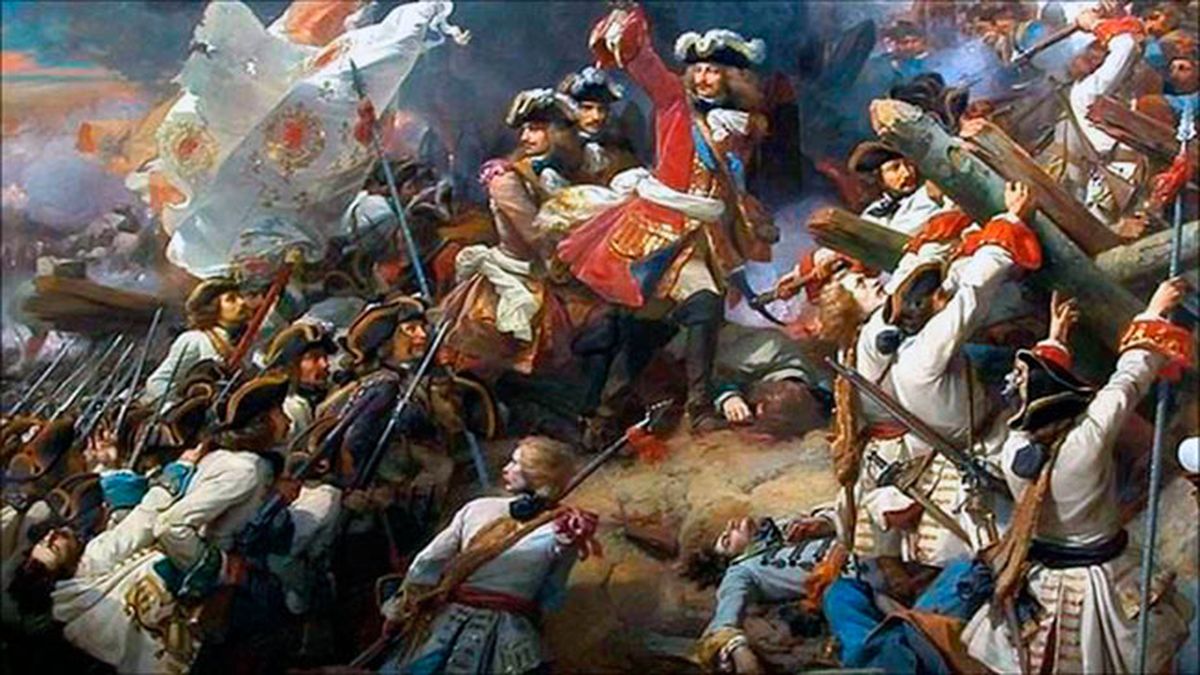It was the year 1838, and in the neighborhood of Tacubaya, then a neighboring town of Mexico City, National Army Officers entered a French pastry store called Restell.
That is when the story takes the quality of myth or legend; It is not known if these uniformed looted the place or simply ate their cakes without paying. Anyway, Restonl ran out of merchandise and lost 800 pesosa large sum of money for the time.
Now, that innocent episode, of which there is not even evidence that it has happened, meant The beginning of a conflict between Mexico and France.
Cake War 2.jpg
The weakness of Mexico and France’s struggle for control
Mexico had become independent in 1821although many years passed so that it could have some stability. First it was an imperial monarchy, although it only lasted three years, and then the Republic arrived, disputed by federal and unitaries. For its part, The Church and the Army called themselves an autonomous powerwhich hindered defense against external threats.
To this was added in 1833 an epidemic of cholera that fulminated the population and in 1836 the loss of the territory of Texas, which separated unilaterally. Meanwhile, England and France disputed control of the continent, which had been governed almost exclusively by Spain. In that context, the myth of the cakes appeared, since The French took advantage of that minor incident to claim not only for those damages, but for their 450 establishments for trade valued at 30 million francsaffected by internal battles in Mexico.
Then, in April 1838, France demanded 600,000 pesos by the Mexican government, as well as an advantageous commercial agreement. Faced with Mexico’s impossibility to continue with this deal, the baron Antoine deffaudisunder the orders of the French monarch Luis Felipe iled a fleet of 26 ships to the port of Veracruz. In this way, it attacked the main trade point between Mexico and Europe: Customs.
The Government had raised France to pay the 600,000 pesos in deadlines, although this was not enough and deffaudis ordered the Port Blocking of Veracruz. The fire opened on November 27, 1838 against the fort of San Juan de Ulúa.
England, an interested mediator
On December 5 there was the only counteroffensive by Mexico, which made French troops retreat, despite not having interference in possible future attacks. There he entered Englandthat did have weight in the discussion. And is that after the cessation of the confrontations, the English minister Richard Pakenhamnext to a flotilla of 11 armed shipss with 370 cannonswas presented as an intermediary of the conflict.
The English were not there by chance; They were the main business partners of Mexico and saw that France was accommodating in a strategic position within America. Faced with the threat of Pakenham, France ended up accepting English mediation and in a period of three months the Agreement on March 9, 1839.
Mexico paid him 600,000 pesos in deadlines, and a year later France delivered The fort of San Juan de Ulúa and retires from the port of Veracruz the following month. In conclusion, everything was two European powers seeking to install their hegemony in a beaten continent such as the nascent America, while they took advantage of Mexican weakness and an innocent history to charge something that was not his.
Source: Ambito




